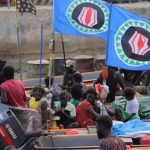Introduction
Nestled in the remote deserts of Utah lies an unusual and intriguing experiment in sovereignty: the Republic of Zaqistan. A micronation in every sense of the word, Zaqistan isn’t recognized by any government, doesn’t have a permanent population, and technically sits on land still owned under U.S. jurisdiction. Yet it captures the imagination of artists, political thinkers, and curious wanderers with its blend of satire, symbolism, and serious commentary on nationalism and statehood.
Origins of Zaqistan
Zaqistan was founded in 2005 by New York-based artist of Chinese-Jewish descent, Zaq Landsberg, who purchased a four-acre plot of desolate desert land in Box Elder County, Utah, through an online auction. The land cost him approximately US$610, and from the beginning, the intent wasn’t just to own land – it was to make a statement.
Landsberg declared the land the independent “Republic of Zaqistan,” issuing its own passport, flag, pitch-perfect motto of Quispiam Ex Nusquam (“Something from Nothing”), and even constructing rudimentary infrastructure like border checkpoints and monuments. This wasn’t just a whimsical project – it was a serious (albeit ironic) look at the boundaries of nationhood and the theatrical nature of national identity. Watch video on visiting Zaqistan.
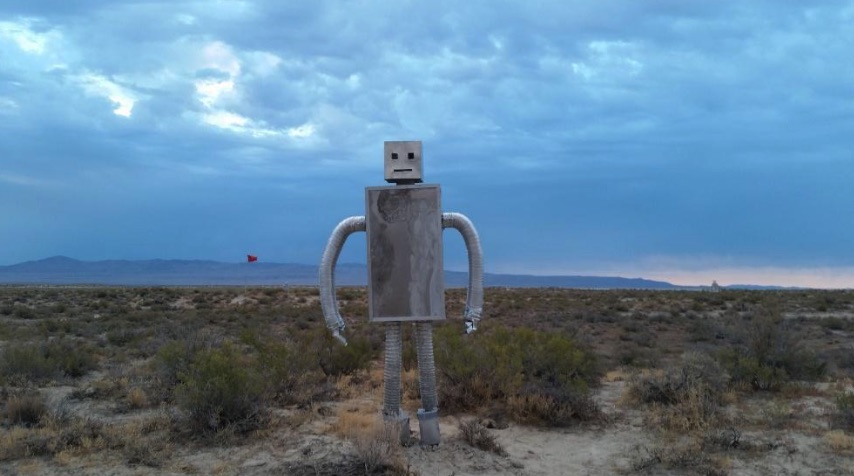
Guardian of Zaqistan (Image: zaqistan.com)
What is a Micronation?
To understand Zaqistan, it’s helpful to know what a micronation is. Micronations are entities that claim to be independent nations but lack legal recognition from world governments or major international organizations. They can be established for various reasons: political protest, satire, artistic expression, or even personal amusement.
Some well-known examples include the Principality of Sealand (on an offshore platform in the North Sea), and the Republic of Molossia (in Nevada). Zaqistan fits squarely into this lineage, using art and performance to critique the constructs of power and legitimacy.
Infrastructure and Culture
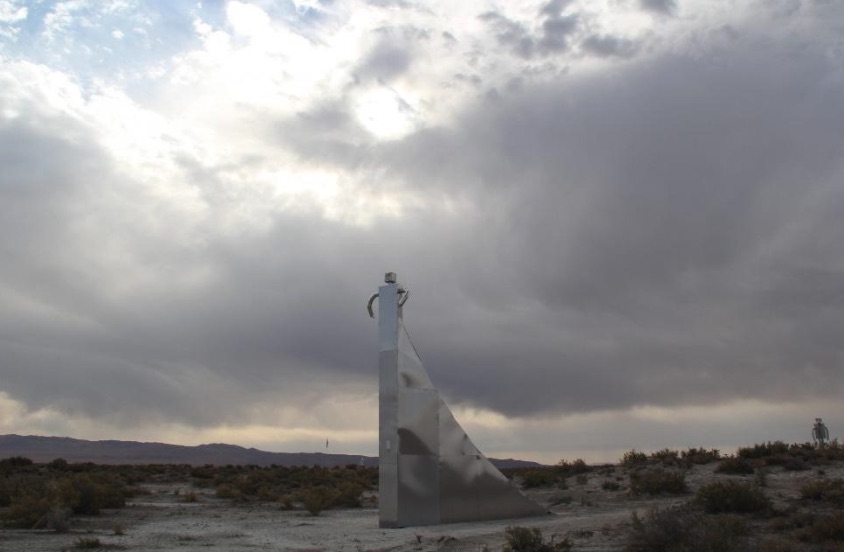
Decennial Monument (Image: zaqistan.com)
Zaqistan has several quirky installations, including:
- Decennial Monument – The tallest and largest structure in Zaqistan. A symbolic tribute that reflects the speculative mythos behind the micronation; erected in September 2015 to commemorate 10 years of independence.
- Zaqistan Port of Entry – A checkpoint-like structure that adds to the theatrical realism.
- The Zaqistani Consulate – Not a physical place, but a traveling installation that pops up at art exhibitions and performances.
- Official Passport – Available at citizenship ceremonies (refer to Zaqistan’s website), it has been accepted as valid ID at a few border crossings (likely due to confused or amused officials rather than legal standing).
Despite its humour and absurdity, Zaqistan touches on genuine questions about land use, political power, and the concept of citizenship.
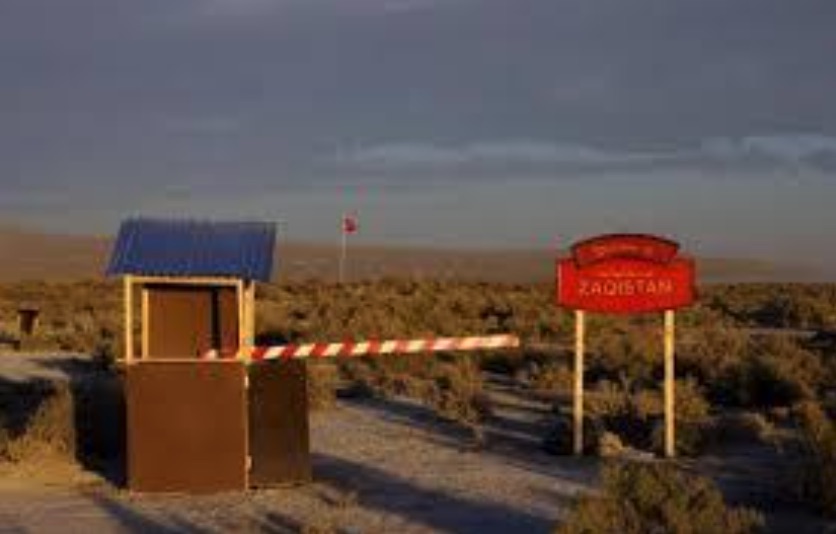
Port of Entry
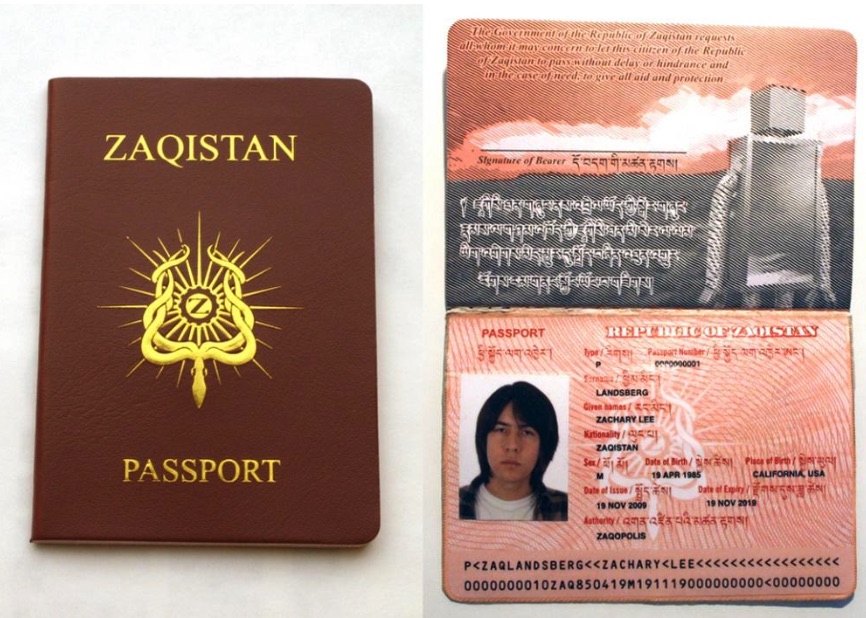
Zaqistan Passport (Image: zaqart.com)
Political Commentary
Zaqistan isn’t merely an art project; it’s a philosophical one. By creating a “nation” in the middle of nowhere, Zaq Landsberg raises questions like:
- What actually constitutes a country?
- How arbitrary are borders and sovereignty?
- Can symbolic gestures challenge established systems of power?
The fact that Zaqistan exists in a legal grey area – its private property, yet declared sovereign – pushes people to confront the often invisible but powerful scaffolding that holds up modern states.
Visiting Zaqistan
Getting to Zaqistan is no easy feat. It’s located in a desolate part of north-western Utah, with no roads or mobile/cell service. Visitors often have to use GPS coordinates and bring their own supplies. While Zaqistan is open to visitors, it comes with the usual caveats of remote desert travel – extreme weather, difficult terrain, and no facilities.
There are occasional “citizenship summits” or organized trips where Landsberg leads groups to the site. These expeditions often blend performance art, discussions, and communal experience, reinforcing the participatory nature of the micronation.
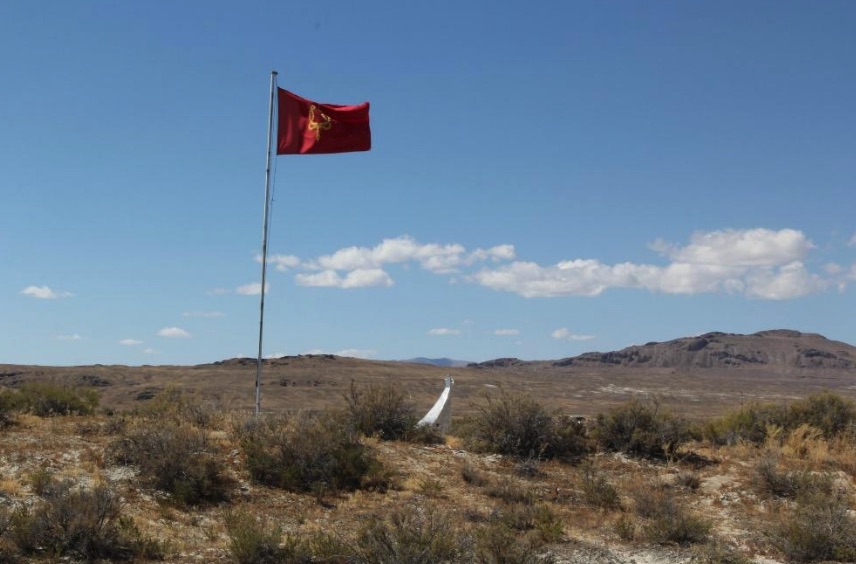
Mt. Insurmountable, the highest point in Zaqistan (4,249 feet/1,295 meters) (Image: zaqistan.com)
Final Thoughts
Zaqistan may not be on any official map, but it has carved out a space in the landscape of thought, art, and alternative nationhood. In a world where borders are fiercely protected and national identity is tightly controlled, Zaqistan offers a tongue-in-cheek yet sobering reflection on how nations are built – not just through land and law, but through belief, narrative, and collective imagination.
As Zaq Landsberg himself says, “Zaqistan is as real as you want it to be.” And in that sense, it might be more real than many nations we take for granted.
Difference between a Micronation and a Microstate
A Micronation is a political entity that claims to be an independent nation or sovereign state, but which lacks legal recognition by any sovereign state, often characterized by small size and a lack of international recognition. Micronations are self-proclaimed entities that assert their sovereignty as independent states, but are not recognized as such by any recognized sovereign state or supranational organization – examples being Principality of Hutt River, Republic of Uzupis, Liberland, Christiania, Conch Republic, Molossia, Talossia, Atlantium, and Ladonia. Micronations differ from Microstates which are internationally recognized as a sovereign state that is very small in area, population, and/or economic resources – commonly accepted examples include Andorra, Liechtenstein, Monaco, San Marino, and Vatican City. While small, Iceland, Malta, and Luxembourg are not typically considered Microstates because they have populations and land areas that surpass the size thresholds commonly used to define Microstates.




